By Arsema Dawit | 6th July, 2023
Explore the dark history of biological weapons, from their origins in ancient warfare to their use in World War I, Japan's secret research, and modern-day bioterrorism incidents. Delve into the chilling accounts of past attacks and learn about the devastating impact of these microorganisms.

Biological Weapons
When we hear the word war, we think of machine guns, snipers, bombs…etc. But we rarely ever think of viruses, bacteria, or diseases in general as they are not fairly common. Biological weapons are microorganisms like viruses, bacteria, or fungi that are produced and released deliberately to cause disease and death in humans, animals, or plants.

History
Even though they are not talked about as much as the actual weapons, the art of using biological beings as a substitute for firearms dates back to 1347 AD when Mongol forces catapulted plague-infested bodies into the Black-sea port of Caffa. It is believed that ships returned to Italy with the plague starting the Black Death pandemic which killed over 25 million people across Europe over the span of 4 years.
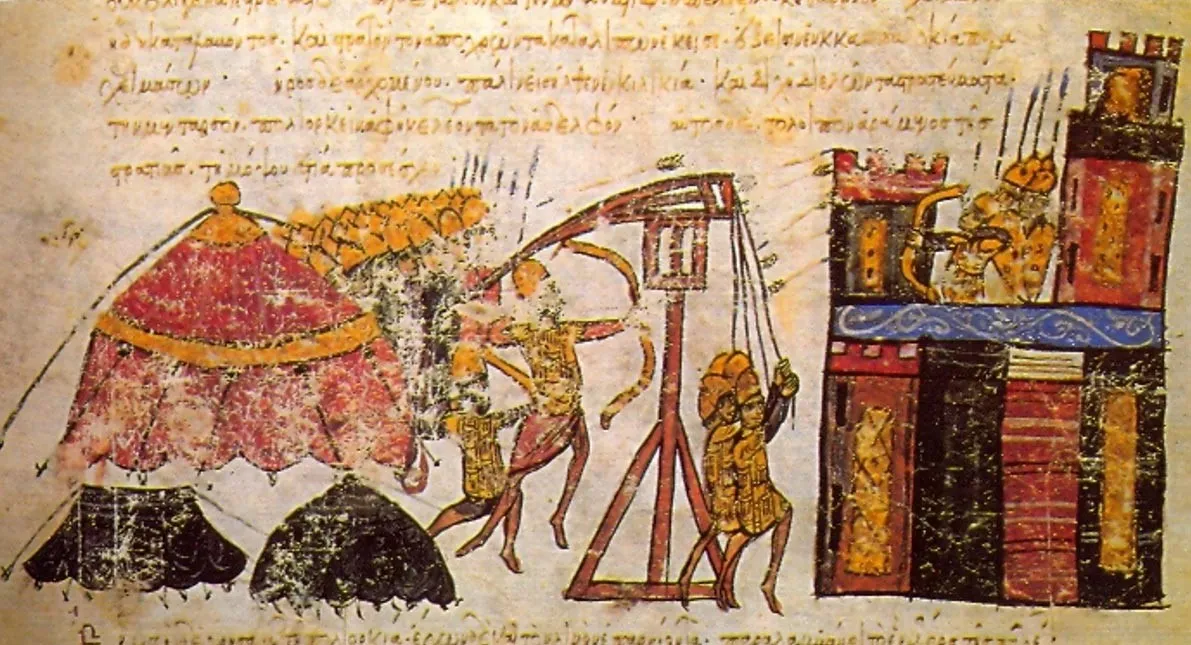
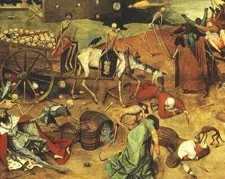
Biological Weapons In Wars
In World War I, Germany initiated a secret program to infect all the horses and cattle owned by Allied armies on both eastern and western fronts. The biological agent for the disease known as glanders is said to have been used during this time.
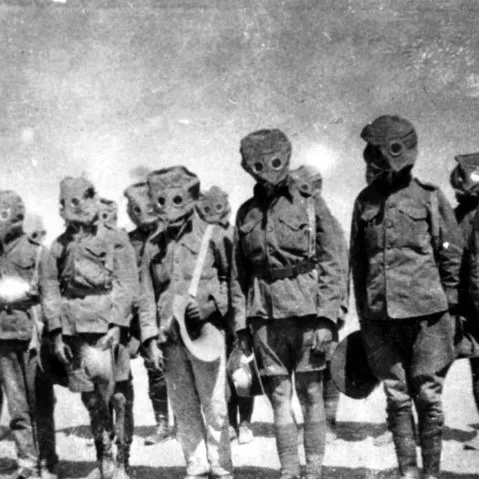
This and many other horrors during the First World War led most nations to sign the 1925 Geneva Protocol banning biological and chemical weapons use in wars.
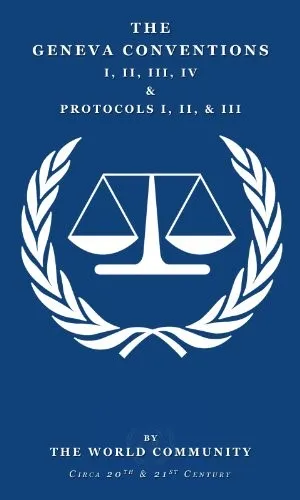
However, Japan, one of this protocol’s signatories, violated the terms and engaged in massive and secret research, development, production, and testing on biological warfare. In addition, it violated the treaty’s ban on these weapons and used them in China from 1937-1945. Furthermore, they experimented on and killed 3000 human subjects while testing various biological weapon delivery mechanisms. Some of the infectious agents they experimented on include bubonic plague, anthrax, typhus, smallpox, yellow fever, hepatitis, and so on.
The same thing happened during the cold war when both Russia and USA launched a biological warfare research and discovery as well as a weapon production program. But this was soon halted with the signing of the Biological Weapons Convention in 1972.
Biological Terrorism (Bioterrorism)
Bioterrorism is the deliberate use of microorganisms to cause mass death and illness in animals and humans. These biological weapons have also been used in the past by terrorist organizations.
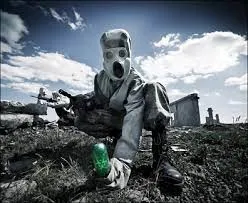
In the 1980s followers of the exiled Indian self-proclaimed guru settled in Oregon, USA. They took control of a nearby small town. They tried to further extend their political power by suppressing the number of voters in the nearby town of The Dalles. To do this they experimented with contaminating the town’s restaurants, groceries, and water supply with the bacteria known as Salmonella. As a result of this, 751 people were made ill but this plot wasn’t discovered until a year later when one of the members confessed.
In the period from April 1990 up to July 1995, a religious group movement known as the AUM Shinrikyo used both biological and chemical weapons on Japan, including the U.S. naval base at Yokosuka. They attempted four attacks using anthrax and six attacks using botolinum toxins.
Al-Queda operatives have also attempted several attacks using these types of weapons. In 2001, anthrax-laden letters were sent to numerous politicians and prominent figures in the US. These letters killed 5 people, sent 22 to the hospital, and resulted in the immediate evacuation of congressional office buildings, the offices of the governor of New York. They also resulted in the loss of billions of dollars in decontamination, cleanup, and investigation.
Thumbnail Design by Mudit Jha






Forgot password?
Close message
Subscribe to this blog post's comments through...
Subscribe via email
SubscribeComments
Post a new comment
Comment as a Guest, or login:
Connected as (Logout)
Not displayed publicly.
Comments by IntenseDebate
Reply as a Guest, or login:
Connected as (Logout)
Not displayed publicly.